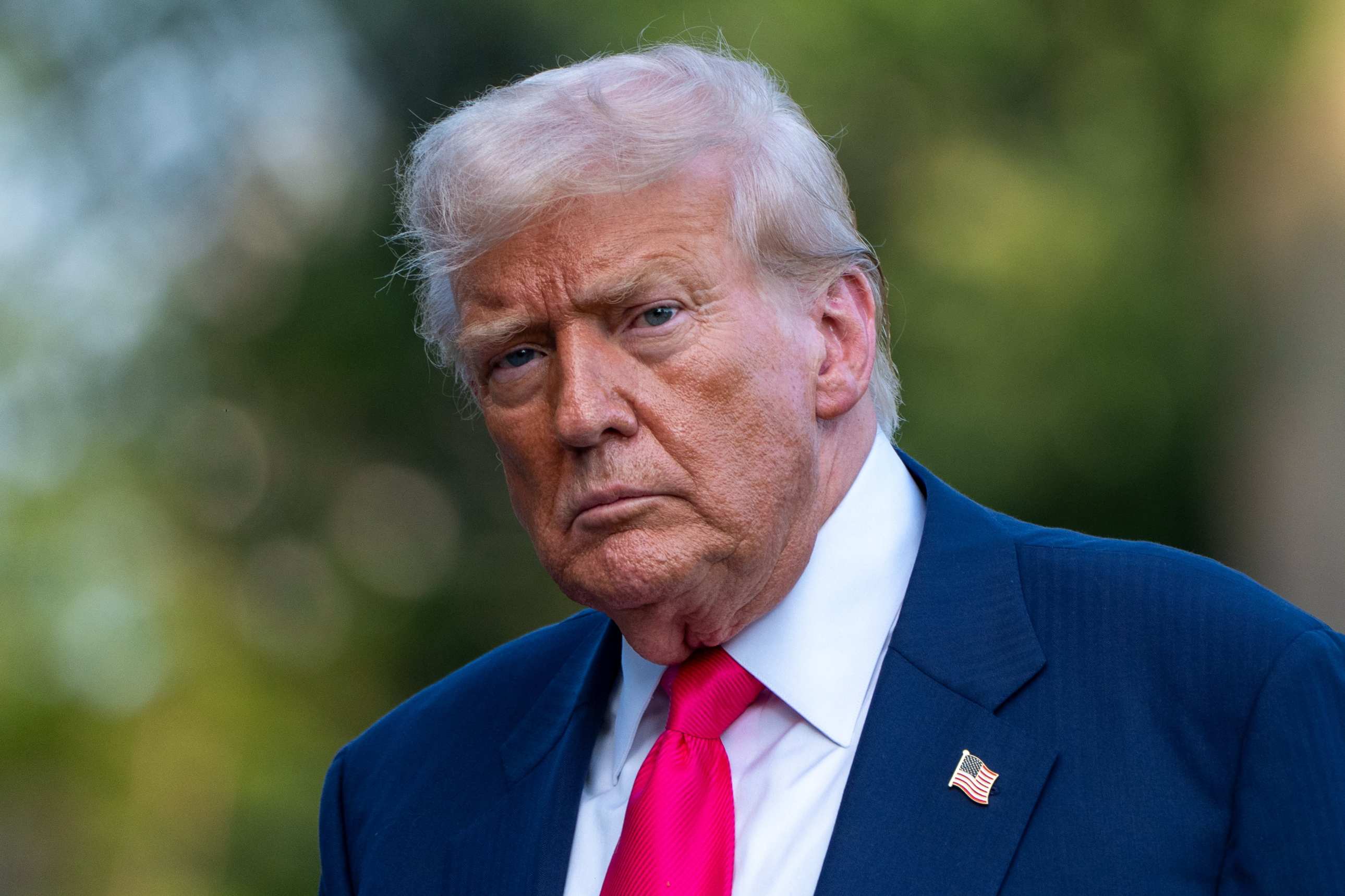United States President Donald Trump has announced a 25 percent tariff on Indian goods, as well as an unspecified penalty for the country’s purchase of Russian oil and military equipment, as the unending war in Ukraine frustrates the White House.
Trump announced the trade moves – which he said will come into effect on Friday – on his Truth Social account on Wednesday, saying they are necessary to reverse a long-running trade imbalance.
“While India is our friend, we have, over the years, done relatively little business with them because their Tariffs are far too high,” Trump wrote.
The president also blamed India for buying military equipment and oil from Russia, which he said has enabled the war in Ukraine. As a result, he intends to charge an additional “penalty” starting on Friday as part of the launch of his administration’s revised tariffs on multiple countries.
The Indian government said in a statement on Wednesday that it had taken note of Trump’s tariff decision and was studying its implications.
The aggressive trade policy further complicates ties between Trump and India’s Prime Minister Narendra Modi, which were warm during the US president’s first term but have since faced challenges over trade and immigration.
Modi has also denied Trump’s claims that he intervened to resolve a four-day conflict with Pakistan in May, saying India has not and will never “accept mediation”.
Pakistan, by contrast, has seen its stock rise with the Trump administration before and after the conflict with India. In June, Trump hosted Pakistan’s army chief, Asim Munir, for lunch at the White House – the first time a US president has hosted a military chief from Pakistan who isn’t also the country’s head of state.
The US announcement also follows a slew of negotiated trade frameworks with the European Union, Japan, the Philippines and Indonesia – all of which Trump said would open markets for US goods while enabling the US to raise tax rates on imports.
Trump views tariff revenues as a way to help offset the budget deficit increases tied to his recent income tax cuts and generate more domestic factory jobs.
While Trump has effectively wielded tariffs as a cudgel to reset the terms of trade, the economic impact is uncertain, as most economists expect a slowdown in US growth and greater inflationary pressures as the costs of the taxes are passed along to domestic businesses and consumers.
The Census Bureau reported that the US ran a $45.8bn trade imbalance in goods with India last year, meaning it imported more than it exported.
With a population exceeding 1.4 billion people, India is the world’s largest country and a possible geopolitical counterbalance to China. India and Russia have close relations, and New Delhi has not supported Western sanctions on Moscow over its war in Ukraine.

